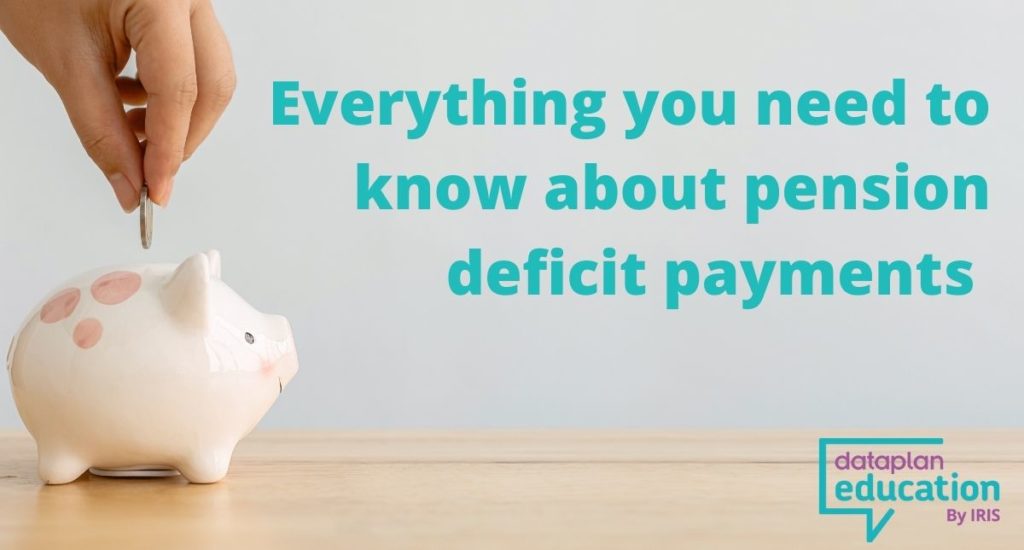
Since Education establishments often deal with the Local Government Pension Schemes (a funded public sector pension scheme) as employers, they must meet the Pensions Promise. So what happens when it is found that there have not been enough funds contributed to the pension to cover retirement?
Pension deficit payments
Where an LGPS pension fund does not have enough funds, it must be topped up via pension deficit payments. Generally, there are two options: increasing employer contributions or a lump sum payment.
Where the choice is made to increase employer contributions, this can be done through the normal payroll. However, where a decision is made to use a lump sum payment, this will occur outside of the regular payroll as a ‘pension deficit payment’.
How do they work
Where pension deficit payments are made via a lump sum, the employer can choose whether to do this in a single payment or spread out monthly over 12 months.
For recurring payments over 12 months, these will happen between the 1st of April and the 1st of March. Following this period, the pension pot will be assessed as to whether a further cycle of payments is required or whether the fund has been topped up appropriately.
Dataplan takes the stress out of pension deficit payments
At Dataplan Education, our mission is to take the stress out of our client’s payroll and pensions, leaving it in the hands of the experts. We understand that there are particular nuances within the Education sector, so our team is well equipped and trained to deal with Education specific matters.
Our Education pension experts offer a pension deficit payment service via our accredited BACs bureau facility. To find out more about how we can help with your pension deficit payments, and to get a quote for this service, contact our friendly team of Education specialists.
